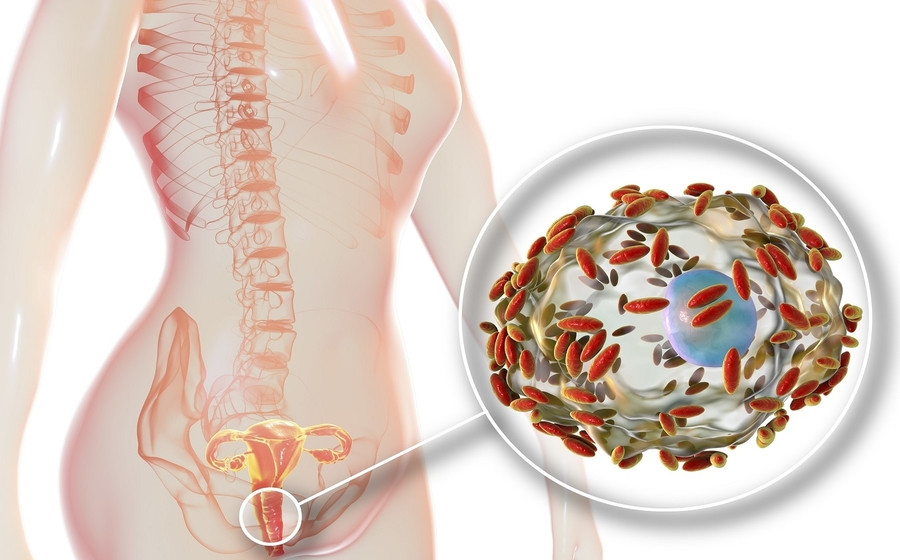Definition
Diphtheria is a serious bacterial infection that typically affects the mucous membranes of the nose and throat. The disease can be treated with medications. However, in advanced stages, diphtheria can lead to difficulty breathing, heart failure, paralysis, and kidney failure. Even with therapy, diphtheria can be life-threatening, especially in children.
Before the era of vaccines, diphtheria was a leading cause of death among children worldwide. In countries with successful immunization programs, cases of diphtheria are now rare. However, diphtheria still causes global morbidity and continues to be an epidemic in countries with low vaccination rates. In 2018, there were 16,000 reported cases of diphtheria to the WHO.
Causes
Diphtheria is caused by the bacterium Corynebacterium diphtheriae, which multiplies on the surface of the throat or skin. This bacterium spreads from person to person through:
- Respiratory droplets: When an infected person coughs or sneezes, they release contaminated droplets. People nearby may inhale the bacteria contained in them. Transmission in this way is the most common and easily occurs, especially in crowded areas.
- Touching objects owned by infected individuals, which may be contaminated with bacteria.
- Contact with open wounds or sores of patients.
Risk factor
Several factors can increase the risk of diphtheria:
- Children and adults who are not regularly vaccinated.
- People living in crowded and unhygienic environments.
- Individuals travelling to areas with high rates of diphtheria.
Symptoms
Diphtheria can infect the respiratory tract and skin. Symptoms depend on the affected body part and usually appear 2-5 days after someone is infected. Symptoms include:
Respiratory diphtheria
Corynebacterium diphtheriae bacteria commonly infect the respiratory tract, attaching to the mucous membrane or walls, leading to:
- Weakness
- Sore throat
- Hoarseness
- Mild fever and chills
- Enlarged lymph nodes in the neck
- Difficulty breathing or rapid breathing
- Runny nose
- Fatigue
C. diphtheriae bacteria produce a toxin that kills healthy tissue in the respiratory tract. Within two to three days, the dead tissue forms a gray membrane that can fill the throat or nose. This thick gray membrane is called a "pseudomembrane". Pseudomembranes can form in the nose, tonsils, vocal cords, and throat, causing difficulty breathing and swallowing.
If the toxin enters the bloodstream, it can cause damage to the heart, nerves, and kidneys.
In some people, the infection may only cause mild symptoms or even no symptoms at all. However, these individuals can still transmit the bacteria.
Cutaneous diphtheria
Corynebacterium diphtheriae bacteria can also infect the skin, causing pain, redness, swelling, and wounds that may be covered by a gray membrane. These symptoms are similar to other bacterial skin infections. However, skin infections rarely cause serious illness.
Diagnosis
Diagnosis depends on the type of diphtheria. Doctors usually diagnose diphtheria by observing the signs and symptoms present. Swab tests or swabs on the back of the throat or nose may be performed to detect the presence of bacteria.
Doctors may also take samples from open wounds and grow the bacteria in the laboratory. If the bacteria grow and produce toxins, the diagnosis of diphtheria becomes certain. However, growing bacteria takes a long time, so therapy needs to be started promptly if someone is suspected of having respiratory diphtheria.
Management
Treatment and care for diphtheria include:
- Diphtheria antitoxin to stop the production of toxins by bacteria so as not to cause tissue damage. This therapy is crucial for respiratory diphtheria but is rarely used for cutaneous diphtheria.
- Antibiotics to kill bacteria. This therapy is important for both respiratory and cutaneous diphtheria. Additionally, antibiotics are beneficial in reducing transmission. An individual usually cannot infect others within 48 hours after taking antibiotics. However, it is important to complete the prescribed antibiotics to ensure all bacteria are killed. After completing the antibiotics, the doctor will perform tests to ensure that the bacteria are truly gone from the body.
Complications
If not properly treated, diphtheria can lead to complications such as:
- Airway obstruction by pseudomembranes.
- Damage to the heart muscle (myocarditis): Diphtheria toxin can spread through the bloodstream and damage other tissues in the body. For example, the toxin can damage the heart muscle, causing complications such as inflammation of the heart muscle (myocarditis). Heart damage due to myocarditis can be mild or severe. In severe cases, myocarditis can lead to heart failure and sudden death.
- Nerve damage: The toxin can also damage nerves. Commonly affected nerves are those in the throat, causing difficulty swallowing. In addition, nerves in the arms and legs can also become inflamed, causing muscle weakness. If the toxin damages nerves that function to regulate breathing muscles, respiratory muscle paralysis can occur. In this condition, a person will need mechanical breathing assistance.
- Kidney failure due to toxins.
In some individuals, respiratory diphtheria can lead to death. Even with treatment, about 1 in 10 people with respiratory diphtheria die. Without treatment, more than half of diphtheria patients will die. The mortality rate is higher in children under 5 years old and adults over 40 years old.
Prevention
The best way to prevent diphtheria is by following the immunization schedule established by the Ministry of Health. Diphtheria vaccines are administered to infants, children, adolescents, and adults. Four types of vaccines can be used: DTaP, Tdap, DT, and Td. Each of these vaccines prevents diphtheria and tetanus, while DTaP and Tdap, which contain the 'p' component, also help prevent pertussis or whooping cough.
- DTaP or DTwP vaccines are given to young children at ages 2, 4, and 6 months or 2, 3, and 4 months. The first booster is given at 18 months. The second booster is given at the age of 5-7 years or during the National Immunization Month program (BIAS) in grade 1.
- Td or Tdap vaccines are given to preteens at the age of 7 years or older. Subsequent boosters are given at ages 10-18 years or during the BIAS program in grade 5.
- Td boosters are given to adults every 10 years. This is related to research showing that vaccines containing diphtheria toxoids protect 95 out of 100 people who receive it. This protection lasts for about 10 years.
Most people who receive the diphtheria vaccine do not experience serious side effects. However, side effects can occur, although most are mild and do not affect daily activities.
Some people with certain medical conditions are not recommended to receive the vaccine or must wait for health recovery before receiving the vaccine. You should ask your doctor if you can receive the vaccine.
The CDC recommends that someone who has had close contact with a diphtheria patient should receive antibiotics to prevent illness. This step is called prophylaxis (prevention).
When to see a doctor?
Contact a doctor immediately if you or someone close to you is exposed to a diphtheria patient. If you are unsure whether your child or yourself has been vaccinated against diphtheria, get vaccinated immediately or consult with your doctor first.
Looking for more information about other diseases? Click here!
- dr Nadia Opmalina
Diphtheria | CDC. Cdc.gov. (2022). Retrieved 18 February 2022, from https://www.cdc.gov/diphtheria/index.html.
Diphtheria - Symptoms and causes. Mayo Clinic. (2022). Retrieved 18 February 2022, from https://www.mayoclinic.org/diseases-conditions/diphtheria/symptoms-causes/syc-20351897.
Lamichhane, A., & Radhakrishnan, S. (2022). Diphtheria. Ncbi.nlm.nih.gov. Retrieved 18 February 2022, from https://www.ncbi.nlm.nih.gov/books/NBK560911/.
Diphtheria: Background, Pathophysiology, Epidemiology. Emedicine.medscape.com. (2022). Retrieved 18 February 2022, from https://emedicine.medscape.com/article/782051-overview.












